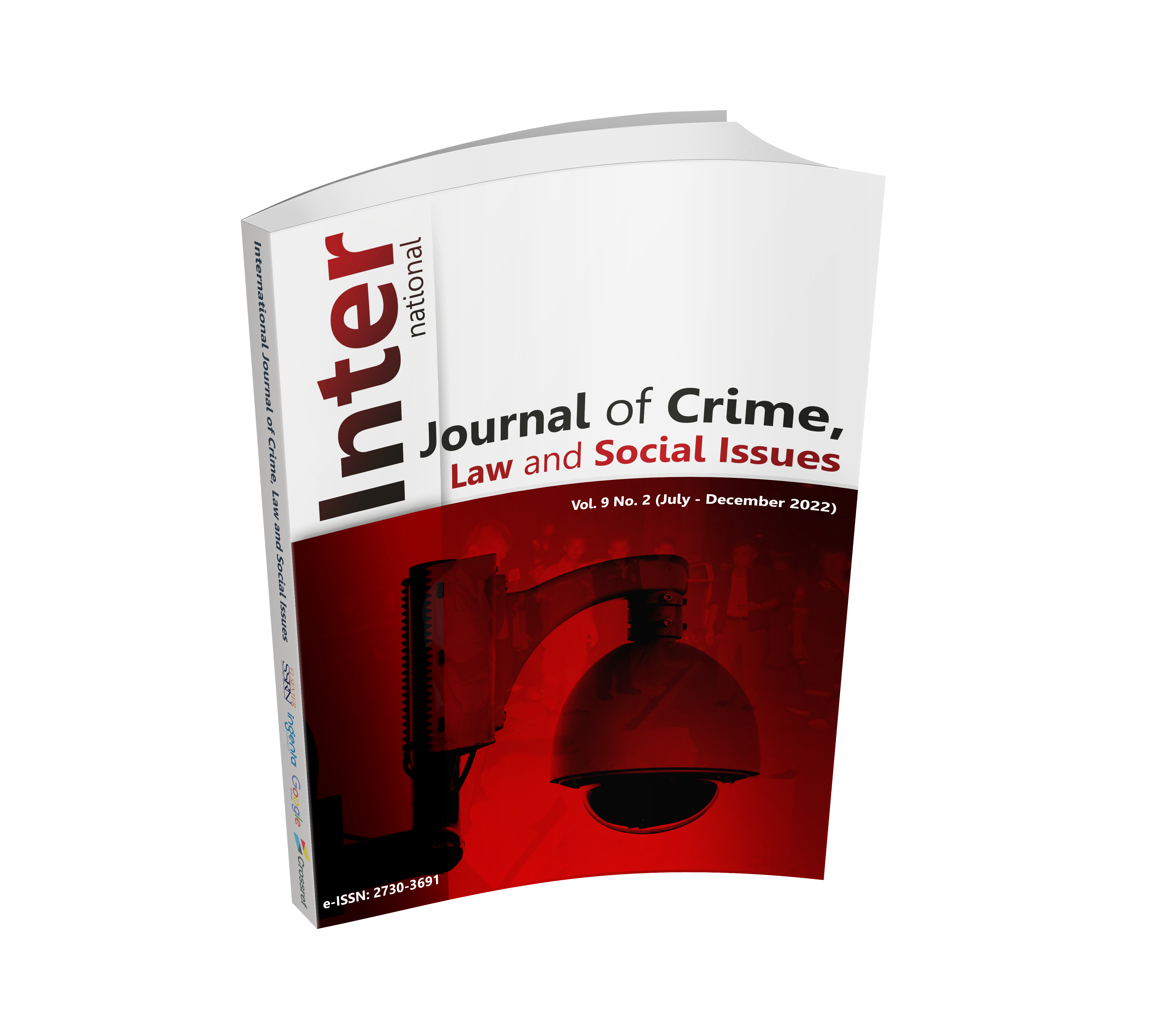QUALITY OF LIFE IN THE KING’S PROPERTIES: A CASE STUDY OF POLICES’ WORK TOWARDS THAIS’ HAPPINESS THROUGH CRIME PREVENTION
Keywords:
Quality of Life, King’s Properties, Police Work, Crime PreventionAbstract
The Royal Thai Police’s operations, with support from the king’s projects, improved the quality of life for the Thais citizens. Quality of life refers to many contexts, but in this research, it is in the context of crime prevention. This quantitative research is based on sixty-six communities in the king’s properties. The collaboration between the Royal Thai Police, support from the king, and community members' involvement in crime prevention show increased quality of life through their happiness, attitude towards police work, and community involvement in crime prevention. Research suggests that, in general, people can improve their happiness by willful positive activities as simple as helping in the community. Fear of crime occurs across social statuses such as sex, age, class, and race and reduces the level of happiness. This quantitative study used quota sampling of 1,980 samples in sixty-six communities in the king’s properties that aimed to find the quality of life through the level of their happiness, participants’ attitudes toward police work, and community involvement in crime prevention. The study shows that the presence of police in the communities reduces fear of crime. Collaboration between law enforcement and community members increases trust and happiness; as a result, it reduces fear of crime and improves a positive attitude toward police work.
Downloads

Downloads
Published
How to Cite
Issue
Section
License
Copyright (c) 2022 Authors

This work is licensed under a Creative Commons Attribution-NonCommercial-NoDerivatives 4.0 International License.










.png)


